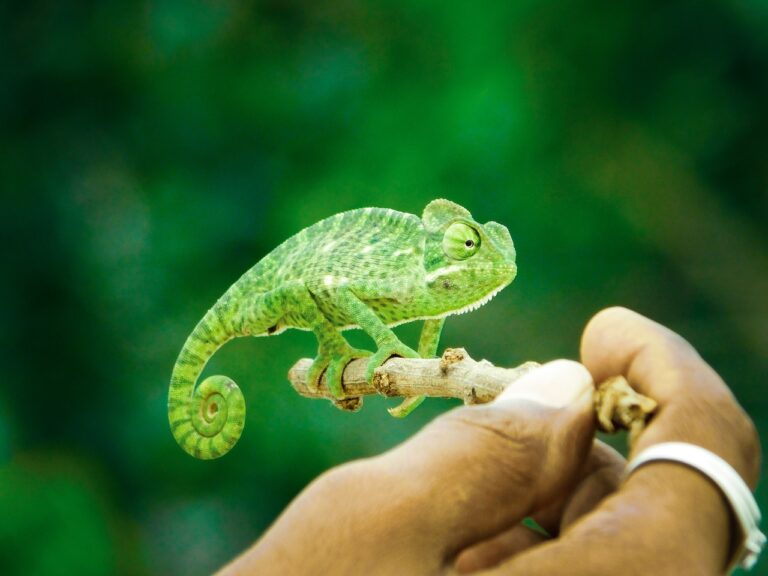The Diversity of Exotic Bird Species: African Grey & Scarlet Macaw
Exotic birds have always held a special place in the hearts of nature enthusiasts and bird lovers. In this article, we will embark on a fascinating journey to explore the diversity and unique characteristics of two remarkable avian species: the African Grey Parrot and the Scarlet Macaw.
From their distinctive appearances to their captivating behaviors, let’s dive into the world of these magnificent birds.
Key Takeaways:
- African Grey Parrot:
- Highly intelligent bird, known as “Nature’s Einstein.”
- Exceptional mimicry skills, capable of mimicking human speech and sounds.
- Social creatures that require mental stimulation and interaction.
- Unique physical features, including orange eyes and strong beaks.
- Scarlet Macaw:
- Stunningly colorful plumage for camouflage and courtship rituals.
- Strong family bonds and excellent parenting skills.
- Impressive physical adaptations, including strong beaks and keen eyesight.
- Native to Central and South American rainforests, known for their vibrant beauty.
- Conservation and Protection:
- Both species face habitat destruction and illegal wildlife trade.
- Conservation efforts are crucial to protect these birds.
- Conservation organizations work to enforce laws and promote responsible ownership.
- Protected areas and reserves play a vital role in safeguarding their habitats.
The African Grey Parrot: Nature’s Einstein
The African Grey Parrot, scientifically known as Psittacus erithacus, is often hailed as one of the most intelligent birds on the planet. This remarkable species is primarily found in the dense rainforests and coastal regions of West and Central Africa.
Its striking grey plumage with vibrant red tail feathers sets it apart in the avian world.
1. A Masterful Mimic
One of the African Grey’s most astonishing traits is its ability to mimic sounds and human speech. These birds have been known to develop vocabularies of hundreds of words and can even comprehend their usage. Their remarkable cognitive abilities have earned them the nickname “Nature’s Einstein.”
African Greys possess advanced vocal learning abilities, making them excellent at imitating various sounds. They can mimic not only human speech but also other birds, animals, and even electronic sounds. This mimicry is believed to be a form of communication in the wild, helping them bond with other parrots and identify potential threats.
Additionally, it’s worth noting that African Grey Parrots are excellent problem solvers. They can manipulate objects and figure out how to access food in complex puzzles, showcasing their exceptional problem-solving skills.
Their intelligence extends to their understanding of cause and effect, as they can learn to perform tasks to receive rewards. This adaptability makes them highly trainable and engaging companions for those who choose to keep them as pets.
2. Social Creatures
African Greys are highly social birds, forming strong bonds with their owners and fellow parrots. They thrive in interactive environments and require mental stimulation through toys, puzzles, and interaction with their human companions.
These parrots are known to be emotionally sensitive and often form deep connections with their human caregivers. Neglect or isolation can lead to stress and behavioral issues in African Greys. Therefore, it’s essential to provide them with social interaction and mental enrichment to keep them happy and healthy.
Furthermore, their social nature extends to their interactions within their flocks in the wild. They communicate through a variety of vocalizations and body language, reinforcing their strong social bonds.
3. Unique Physical Characteristics
African Grey Parrots have a distinct appearance that goes beyond their plumage. They are known for their bright orange eyes, powerful beaks, and strong feet. These physical traits play essential roles in their survival and interactions in the wild.
Their strong beaks allow them to crack open tough nuts and seeds, which constitute a significant portion of their diet. Additionally, their feet are well-suited for grasping branches and manipulating objects, making them agile climbers and foragers.
The Scarlet Macaw: A Symphony of Colors
In contrast to the African Grey’s subtle elegance, the Scarlet Macaw (Ara macao) is a true marvel of vibrant colors.
These large parrots are native to the tropical rainforests of Central and South America, where their plumage of scarlet, blue, and yellow hues stands out brilliantly against the lush green backdrop.
1. Spectacular Plumage
The Scarlet Macaw’s dazzling plumage is a result of nature’s finest artistry. Their feathers are a stunning blend of reds, blues, and yellows, making them a sight to behold in the wild. These colors serve a dual purpose: they not only mesmerize observers but also play a role in camouflage within their natural habitat.
The bright colors of Scarlet Macaws are not just for show; they have evolved to provide a survival advantage. In the dense rainforests of their home regions, these vivid hues help them blend in with the vibrant foliage, making it difficult for predators to spot them while they feed on fruits, nuts, and seeds high in the canopy.
Additionally, the vibrant plumage of Scarlet Macaws serves as a visual cue in their courtship rituals. Potential mates assess the quality of their partner based on the brilliance of their plumage, strengthening their bonds.
2. Family Ties
Scarlet Macaws are known for their strong family bonds. They form lifelong partnerships with their mates and work together to raise their young. This sense of togetherness and cooperation is a heartwarming aspect of their behavior.
These birds are excellent parents, with both the male and female taking turns incubating eggs and caring for their chicks. This commitment to family ensures the survival of their species and highlights their social and intelligent nature.
Moreover, the knowledge and skills related to parenting are passed down through generations, making their family units not only critical for their survival but also a fascinating aspect of their culture.
3. Impressive Physical Adaptations
In addition to their vibrant plumage, Scarlet Macaws possess impressive physical adaptations. Their strong beaks are designed for crushing hard-shelled nuts and seeds, which make up a substantial part of their diet. They are also equipped with strong, agile toes and feet that enable them to grasp and manipulate objects with precision.
Their keen eyesight allows them to spot potential predators or sources of food from great distances, enhancing their survival in the dense rainforest environment.
Conservation and Protection
Both the African Grey Parrot and the Scarlet Macaw face challenges in the wild due to habitat destruction and illegal wildlife trade. Conservation efforts are vital to protect these magnificent birds and ensure their survival for generations to come.
Conservation organizations worldwide are actively involved in efforts to protect the habitats of these birds and combat the illegal pet trade. These organizations work to enforce laws against the trafficking of exotic birds and promote responsible ownership of these species.
Additionally, conservationists are conducting extensive research on the behaviors and needs of these birds in captivity to improve their well-being and ensure their long-term survival. This research contributes to our understanding of these species and informs conservation strategies both in the wild and within captive populations.
Furthermore, many countries have established protected areas and reserves to safeguard the habitats of African Grey Parrots and Scarlet Macaws. These protected areas serve as crucial refuges for these birds and other wildlife, helping to ensure their continued existence.
Conclusion
In the world of avian wonders, the African Grey Parrot and the Scarlet Macaw shine brightly with their unique qualities. From the African Grey’s intellectual prowess to the Scarlet Macaw’s vibrant beauty, these birds remind us of the rich diversity of life on our planet.
As stewards of the environment, it’s our responsibility to appreciate, protect, and celebrate these remarkable creatures.
FAQs
Can African Grey Parrots really learn to talk like humans?
Yes, African Grey Parrots have demonstrated an exceptional ability to mimic human speech and sounds. Their capacity for language acquisition is truly remarkable, and they can develop extensive vocabularies.
What is the natural habitat of Scarlet Macaws?
Scarlet Macaws are native to the tropical rainforests of Central and South America, particularly in countries like Brazil, Peru, and Bolivia. They inhabit dense, lush forests and are often found in elevated regions.
Are African Grey Parrots endangered?
Yes, African Grey Parrots are listed as endangered due to habitat loss and illegal pet trade. Their populations are rapidly declining in the wild, making conservation efforts critical for their survival.
How can I contribute to the conservation of these exotic birds?
You can support conservation organizations by donating to their initiatives, raising awareness about the importance of protecting these species, and avoiding purchasing exotic birds from illegal sources. Additionally, you can engage in responsible bird ownership by providing a suitable and enriching environment if you decide to keep them as pets.
Can Scarlet Macaws be kept as pets?
While it’s legal to own Scarlet Macaws in some regions, it’s essential to ensure that they are acquired through legal means, and their care meets their specific needs. Owning a Scarlet Macaw requires a deep commitment to their well-being, including providing a spacious and enriched environment, proper nutrition, and social interaction.
Peter Stones is the founder of Exotic Pets Place, the leading online resource for exotic pet care information.
With over 10 years of hands-on exotic pet ownership experience, he is deeply passionate about sharing his expertise to help others properly care for their unusual pets.
When he's not writing extensively researched articles or connecting with fellow exotic pet enthusiasts worldwide, you can find Peter at home tending to his own beloved menagerie of exotic animals.

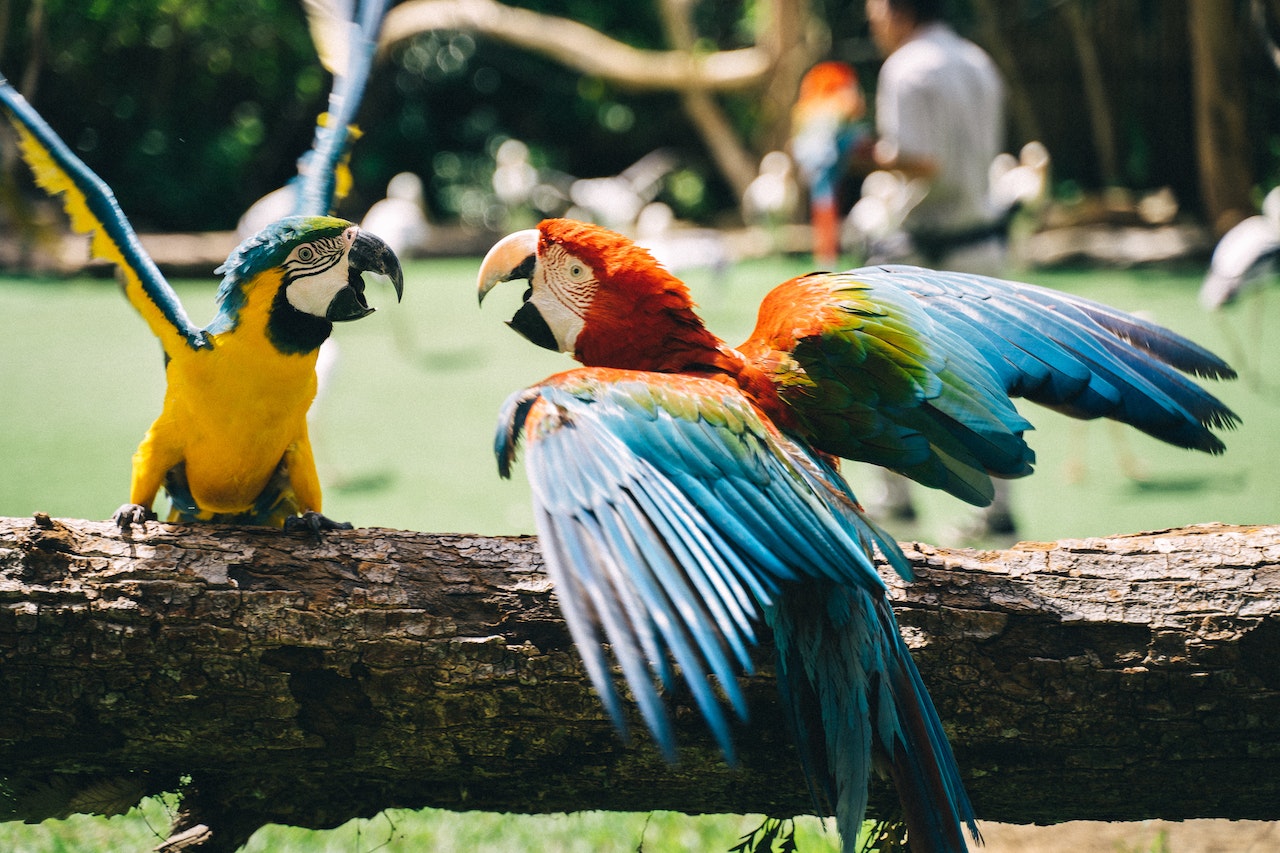
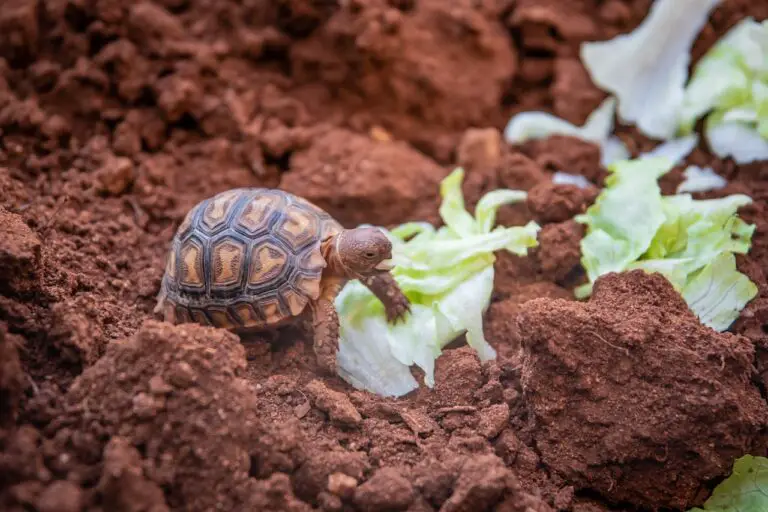
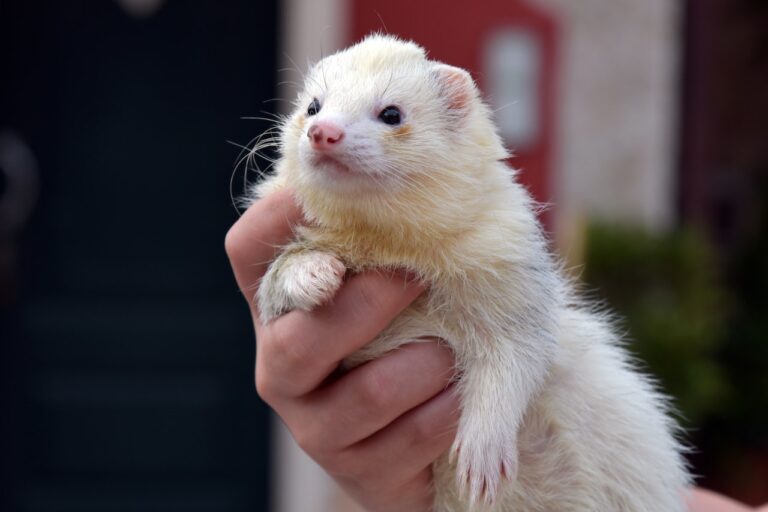
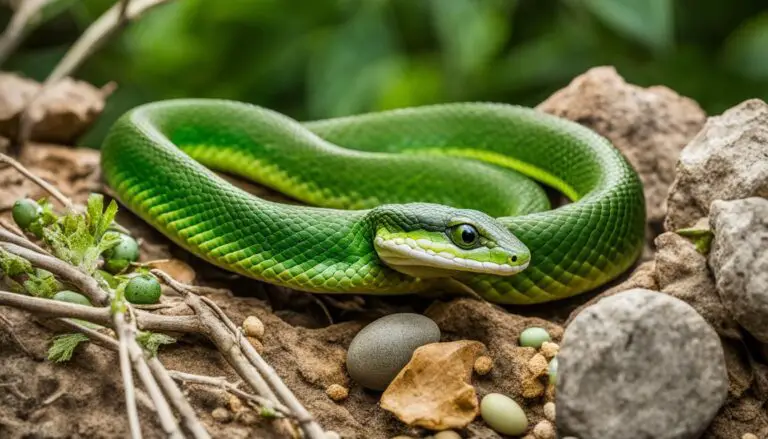
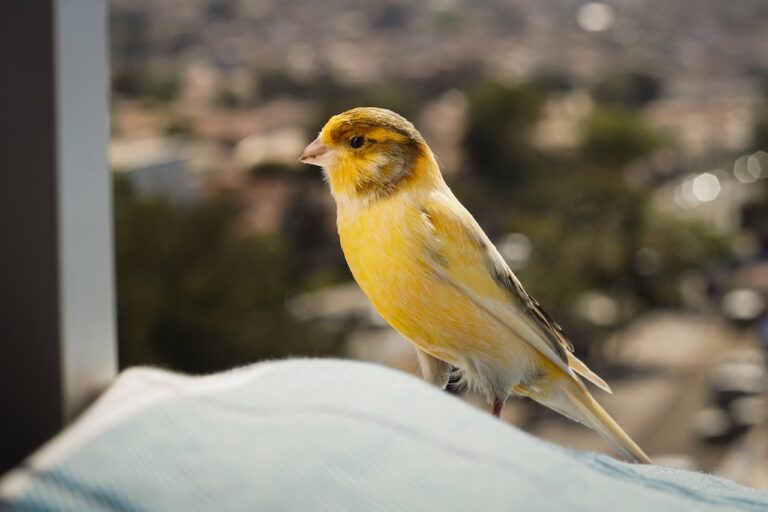
![Aquatic Exotic Pet Care Tips Essential Guide [+ Common Issues], two people caring for fish](https://exoticpetsplace.com/wp-content/uploads/2023/06/Aquatic-Exotic-Pet-Care-Tips-Essential-Guide-Common-Issues-two-people-caring-for-fish-768x512.jpg)
